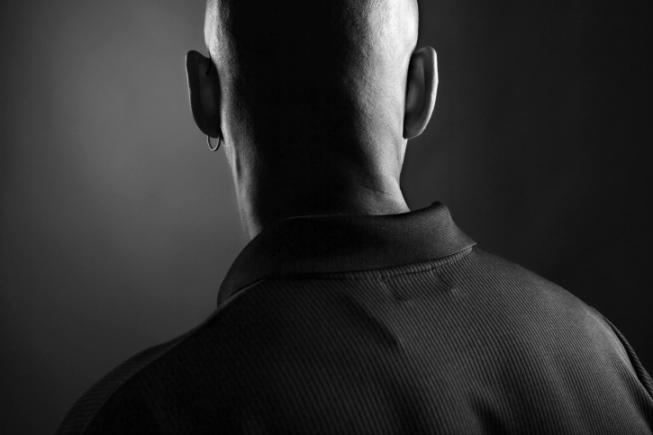
Source: Thinkstock
If you are a Black person living in America, then this headline from Monday’s New York Times may be jarring, but not truly shocking: 1.5 Million Missing Black Men.
What it addresses is the number of Black men aged 25-54 who are missing from daily life in our country, mostly due to early death or incarceration. Writes the Times:
They are missing, largely because of early deaths or because they are behind bars. Remarkably, black women who are 25 to 54 and not in jail outnumber black men in that category by 1.5 million, according to an Upshot analysis. For every 100 black women in this age group living outside of jail, there are only 83 black men. Among whites, the equivalent number is 99, nearly parity.
The result is a tragic gender gap within the Black community affecting families, wealth accumulation, romance, and more. Those of us whose lives are shaped by that gap might see the newspaper report as slick repackaging of the same old news, but here are five findings that might surprise you:
- The top city (with at least 10,000 Black residents) that has the largest share of “missing Black men” is Ferguson, Mo., where unarmed Michael Brown, Jr. was fatally shot by a police officer and the U.S. Justice Department found widespread racial discrimination against Black people. According to the Times, Ferguson has 60 men for every 100 Black women ages 25-54. North Charleston, S.C., where Walter Scott was shot in the back by a police officer who has since been charged with murder, also has a “severe” gap, the paper writes.
- In overall terms, New York City has the most “missing” Black men: 118,000. Chicago and Philadelphia came in second and third, with 45,000 and 30,000, respectively.
- Yet, since the 1990s, death rates for young Black men actually have dropped more than rates for any other group, according to an official at the Centers for Disease Control and Prevention. While violence and HIV remain scourges in African-American communities, homicides and H.I.V.-related deaths have dropped for Black men.
- This bit of good news is offset by a skyrocketing prison population, however. Almost 1 in 12 Black men 25-54 are incarcerated, compared with 1 in 60 non-Black men, 1 in 200 Black women, and 1 in 500 non-Black women.
- The rate of “missing” Black men is slowly declining, writes the Times. Falling death rates and a slight downturn in incarceration rates are driving the decline.
Hopefully, a fledgling bipartisan movement among legislators to address drug sentencing laws for non-violent offenders will help put a dent into mass incarceration, and help end the cycle of violence, broken families, and injustice that has removed so many of our communities’ citizens from daily life.
Read more here about the methodology behind the Times’ report.
SEE ALSO: Guess Who’s Working Together To Address A Key Factor In Mass Incarceration?
PHOTO CREDIT: Thinkstock
5 Reasons Why 1.5 Million Black Men Are “Missing” In America, According To The NY Times was originally published on newsone.com

















